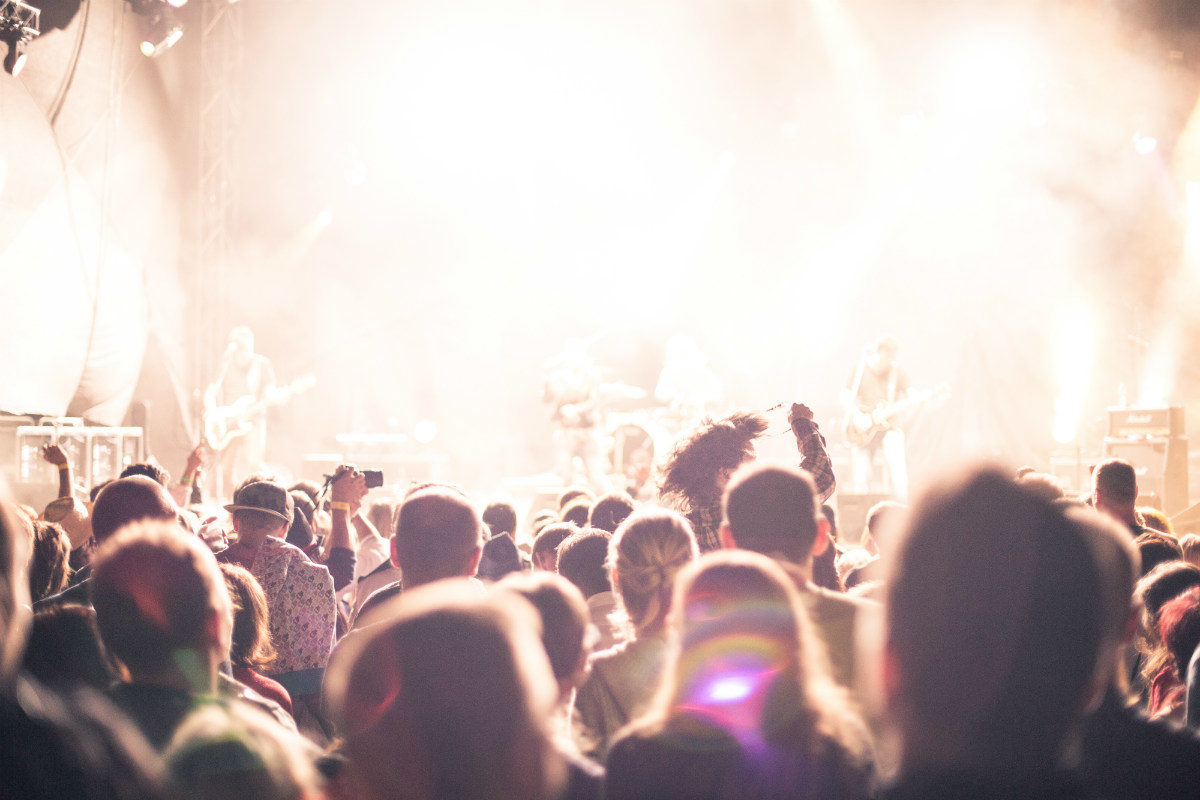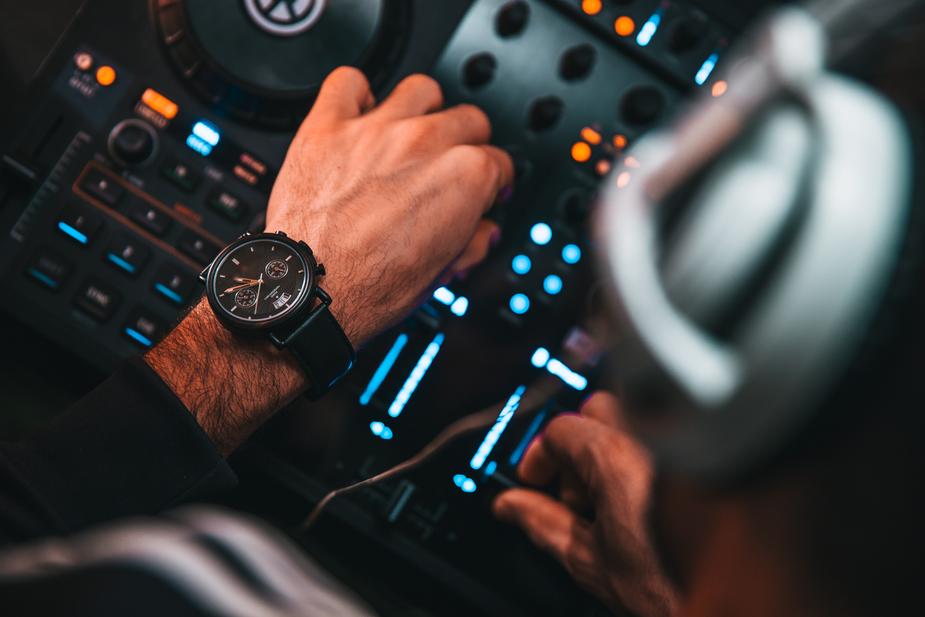Looking to amp up your next brand activation? Here are 5 inspiring and creative ideas from innovative brands and agencies doing great work in experiential marketing.

Experiential marketing is one of the best ways to provide more enriching brand connections for your customers.
However, experiential marketing is a broad field that can encompass many types of activations and promotions. Read on to find out what’s working today, what the future holds and how you can take advantage of these emerging innovations.
1. Detailed Data Collection and Experience Personalization
One of the core benefits of experiential marketing is its ability to be more personal than online marketing, according to advertising agency Matriarch. With so much consumer behavior data available to brands today, failing to add personalized touches to marketing experiences is a major missed opportunity.
However, today’s brands are applying this data in more unique and nuanced ways, and shopper marketing agency Barrows is at the forefront of such innovations.
In a recent brand activation for Pure Leaf iced tea, for example, Barrows focused on collecting real-time data from each guest engagement. Writer Lisa Bucher says that cameras at each tea booth helped capture detailed audience demographics, including age, gender and ethnicity. Heat mapping was also used to help shed light on which products were most popular — and who precisely was drawn to them.
A core benefit of more detailed data collection is that it enables more personalized customer experiences. For example, Barrows says that future brand activations like the Tea Leaf event will feature screens with content based on a prospect’s demographics and previous browsing and buying history. Depending on the age and gender of the person attending the activation, the screen will change to show something different.
Brands are also starting to use data itself as an experiential marketing tool. For example, Dan Baum at IMPACT discusses how Spotify first started this trend with its funny personalized billboards. These ads featured messages personalized to individual people based on collected data, such as, “Dear 3,749 people who streamed ‘It’s the End of the World as We Know It’ the day of the Brexit vote, hang in there” or “Dear person in the Theater District who listened to the Hamilton Soundtrack 5,376 times this year, can you get us tickets?”
Since more people are aware that brands collect and leverage data, this was a fun way to show that it doesn’t have to be negative or scary. In fact, seeing this kind of data helped people feel more connected to Spotify and to the shared experience of listening to music through the streaming service.

2. Immersive Product Experiences
Sampling a taste of food or playing with a new gadget have always been aspects of marketing experiences. However, today’s marketing experiences are taking product testing to a whole new level.
One example comes from experiential marketing agency ImagiCorps, which launched a successful campaign featuring Amazon’s Kindle Paperwhite. This brand activation went above and beyond ordinary experiences by inviting people into semi-private reading pods and other comfortable spaces to relax.
Typical product sampling experiences are a quick grab and go, but these activations highlighted the product’s new feature and invited people to sit back, relax and imagine life with that product in their hands.
Another idea for immersive brand experiences is showcased by the advertising agency Verve. In this post, they detail how Gatorade created a virtual reality experience where people could test fitness, flexibility and sports decision-making.
By teaming up with leaders in fitness tech, Gatorade was able to create a much more immersive event that inspired people to stop, think and engage. Moreover, this brand activation helped educate people on their personal physical fitness and understand where they could improve on stretching, strength and flexibility.
3. Unusual Customer Interactions
In a world where brands are constantly battling for consumer attention, more experiential activations are leveraging unique and unexpected elements. For example, writer Krystal Overmyer points out how Hulu shocked people with its promotion for The Handmaid’s Tale.
Hulu had women, dressed as the show’s characters, stroll down a street casually in long red robes and those face-covering bonnets as if nothing were out of the ordinary. This brand experience was so unexpected that it turned heads and got people talking across social media.
While the premise of this idea was simple and didn’t require a lot of resources to execute, it successfully brought the Hulu brand and its new show to the forefront of social media conversations.
Another example of how to successfully execute an unexpected experience comes from the boutique mattress company Casper. Adweek’s Christine Birkner explains how at South by Southwest Casper released a number of hotel rooms at The Standard at a very low price last minute. The catch? These rooms were outfitted with Casper mattresses, sheets and pillows that people could crash on for the night.
They also added milk and cookies and moms to read bedtime stories on request — both silly and memorable touches that got people talking.

4. Sustainable, Community-Driven Events
From using compostable plates to relying on venues with solar-powered energy, there are many ways that experiential marketing can go green. However, a more recent trend in experiential marketing serves to elevate the meaning of sustainability at events unlike ever before.
Afdhel Aziz writes at Ad Age that sustainable marketing experiences have an impact that extends beyond environmental protection. These events also solve a problem in people’s lives while engaging and improving the local community.
One example of a next-level sustainable event comes from The Big Quiet, a series of mass meditation experiences made possible by community collaboration. The Big Quiet is a low-impact event that utilizes existing spaces to bring people together to enjoy and experience meditation.
One event put on by The Big Quiet was enhanced by musical curation and consulting company Humbleriot, founded by Anthony Demby. By curating a diverse and powerful performance of live music and musicians, Humbleriot put its marketing expertise toward a beneficial cause that’s aimed at helping people reduce stress and improve their mental health. Enhancing the event with music is much more sustainable than adding tangible adornment, such as balloons or decorations.
Another sustainable marketing experience is Quiet Mornings, a collaboration between Flavorpill and the Modern Museum of Art in New York City. Quiet Mornings invites guests to experience the serenity of a museum before it opens, thereby engaging the community in mindful experience in a public space that might not otherwise exist.
Since these events are powered by (and for) people in low-impact settings, they serve as the ideal sustainable brand experience model that companies might seek to emulate.
5. Gamification and Brand Immersion Apps
Starbucks is one company thats managed to stay at the forefront of its consumer base since it first rose to cult status.
One recent innovation that’s kept Starbucks in vogue is its gamification app. Limelight content marketing manager Julia Manoukian explains that this app works to enhance a person’s experience at a Starbucks by helping them earn points and rewards for playing. From a brand perspective, a gamification app is a great way to garner detailed behavioral information about your customers, which further enhances personal experiences. In turn, this builds brand loyalty and keeps customers coming back for more.
Samuel J. Smith notes at SocialPoint a few reasons why gamification is a profitable addition to brand experiences. For one, gamification attracts and engages people who might be walking by. Because games often involve rewards, brands can easily advertise for their gamification experience and garner genuine interest from event attendees.
Another benefit of gamification in experiential marketing is that it steeps people in an emotional experience. Whether its frustration at losing or joy at winning, games help people feel more connected to the experience and your brand itself.
Experiential marketing agency BeCore agrees with the power of gamification for sharing a brand’s message. In fact, this creative organization says that gamification can be tied into product launches for a more immersive experience at live events. By creating a game that ties into your new product, you can share its benefits and features with customers in a unique and immersive way that doesn’t feel overly salesy.
Images by: Victor Hanacek, Shopify Partners, Brodie Vissers